News, research and analysis, opinion pieces and other resources from International Campaign for Tibet
1047 Results

Factsheet – Nomad resettlement
Tibet’s nomadic lifestyle is one of the last examples in the world of sustainable pastoralism. For centuries, Tibetan nomadic herders have made a sustainable living uniquely adapted to the harsh conditions of the Tibetan plateau. However, since the beginning of the Western Development Strategy in 1999-2000, the Chinese government has been implementing policies of settlement, […]
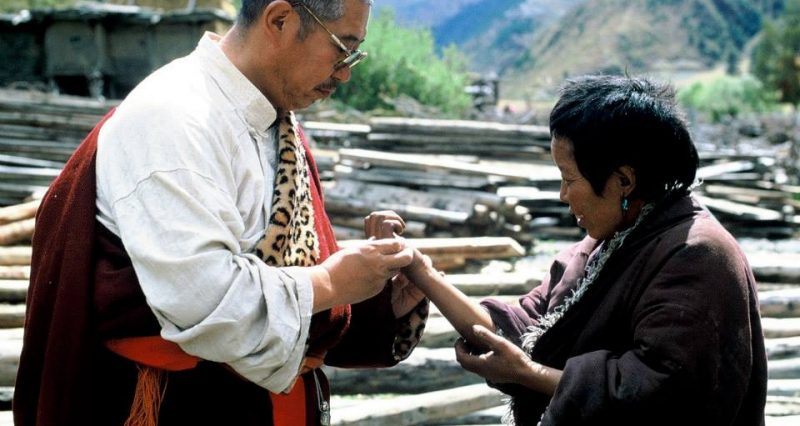
Factsheet – Healthcare
Numerous indicators suggest that China is far from realizing its fundamental obligations with regard to provision of health care in Tibet.
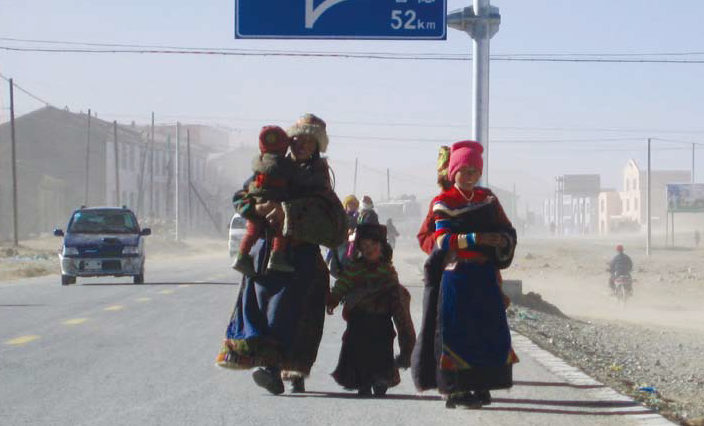
Factsheet – Marginalization
The implementation of the Western Development Strategy has increased the gulf between Tibetans and their migrant Chinese neighbors who benefit from state-supported policies and investments creating opportunities, which largely advantage workers and entrepreneurs with Chinese fluency,Chinese work cultures and connections to businessnetworks in China.
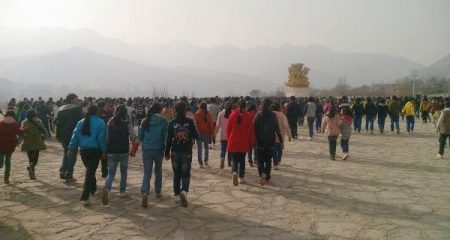
Factsheet – Education and language
Despite years of investment under the Western Development Strategy, the vast majority of Tibetans in Tibet are severely disadvantagedboth socially and economically by the inadequate provision of education.
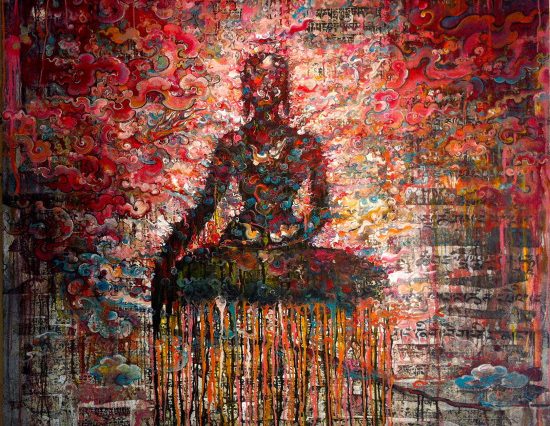
Factsheet – Self-immolations
In an act driven by the anguish of oppression and separation from the exiled Dalai Lama, over 140 Tibetans have set fire to themselves in Tibet and China in one of the biggest waves of self-immolation as political protest globally in the past 60 years.
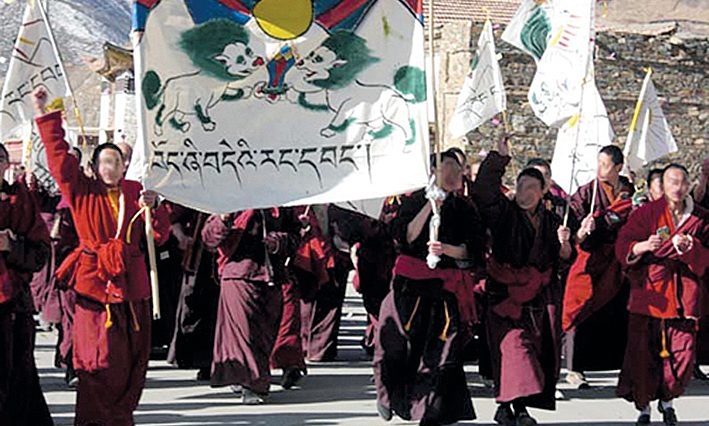
Factsheet – Uprising and crackdown
Since President Xi Jinping’s assumption of leadership on March 13, 2013, the crackdown across Tibet has deepened, particularly in areas where there have been self-immolations or unrest.
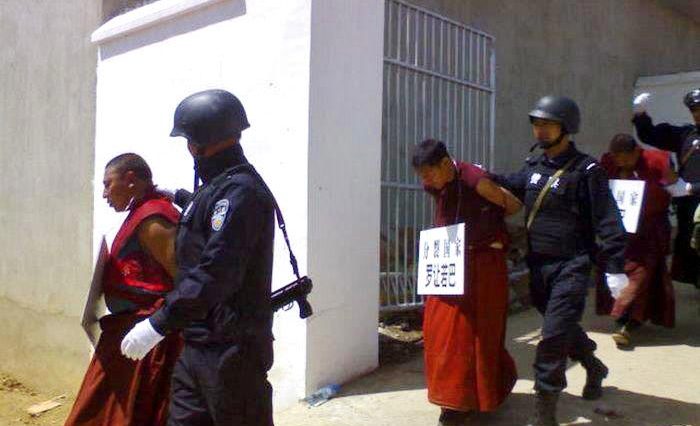
Factsheet – Torture
Since the unrest in 2008 and crackdown in Tibet, the Chinese authorities have adopted a harsher approach to suppressing dissent and there has been a significant spike in the number of Tibetanpolitical prisoners taken in Tibetan areas of the PRC. There is also evidence that since 2008 torture has become more widespread and directed at […]
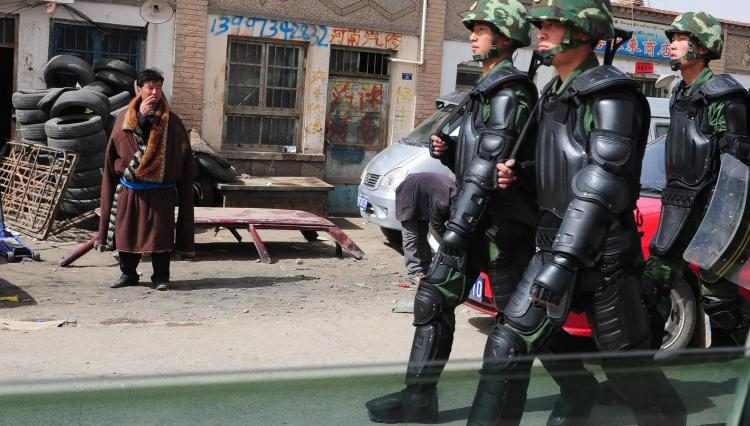
Factsheet – Militarization
Since Xi Jinping assumed full power in China on March 13, 2013, the crackdown across Tibet has deepened, particularly in areas where there have been self-immolations or unrest. Policies and measures that undermine Tibetan culture and religion that led to the protests and instability in the first place have been strengthened, while the ‘unbearable oppression’ […]
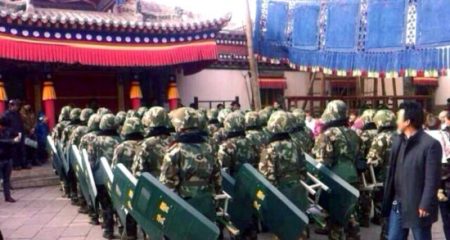
Factsheet – Repression of Religious Freedom
The Chinese government’s implementation of state religious policy is particularly harsh in Tibet.Tibetan Buddhism is an integral element of Tibetan identity and Tibetan nationalism and therefore, is perceived as a potential threat to the unity of the country and the authority of theCommunist Party, which requires Chinese citizens to ‘love the country’ above all else. […]
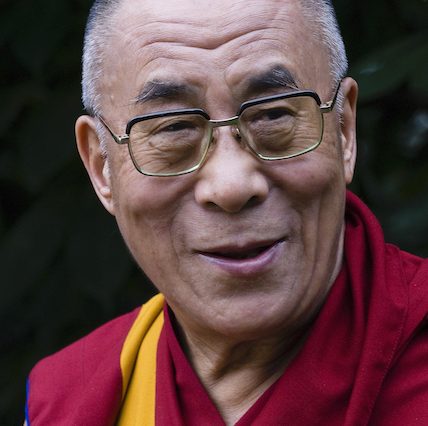
Factsheet – Tibet and the Dalai Lama
The Dalai Lama is believed to be the manifestation of Avalokitesvara, the Bodhisattva of Compassion and the protector deity of Tibet, who chooses to re-incarnate to serve and help ease the suffering of the people. The successive Dalai Lamas, from the fifth to the present 14th, served as both the temporal leader of the Tibetan […]